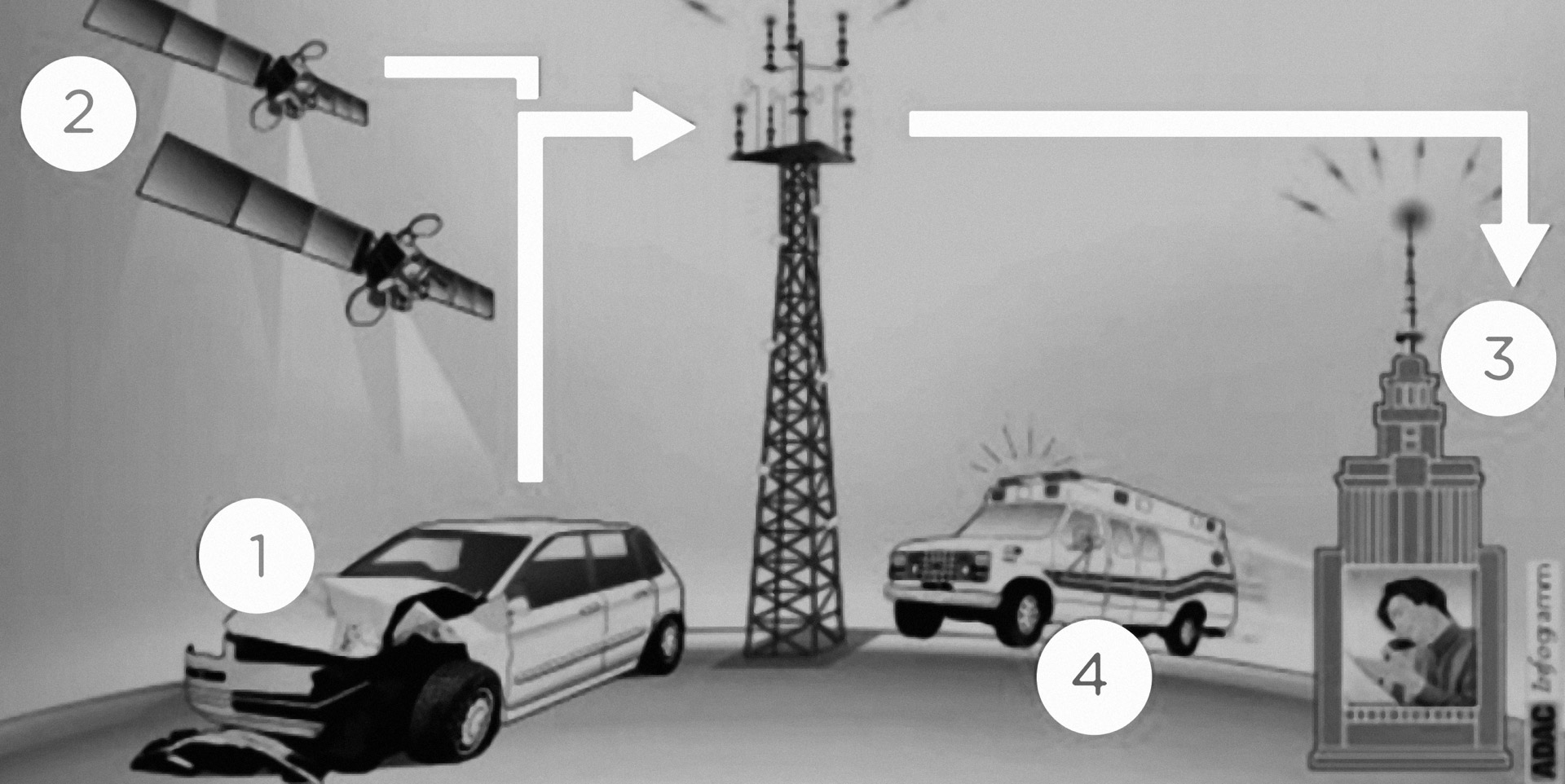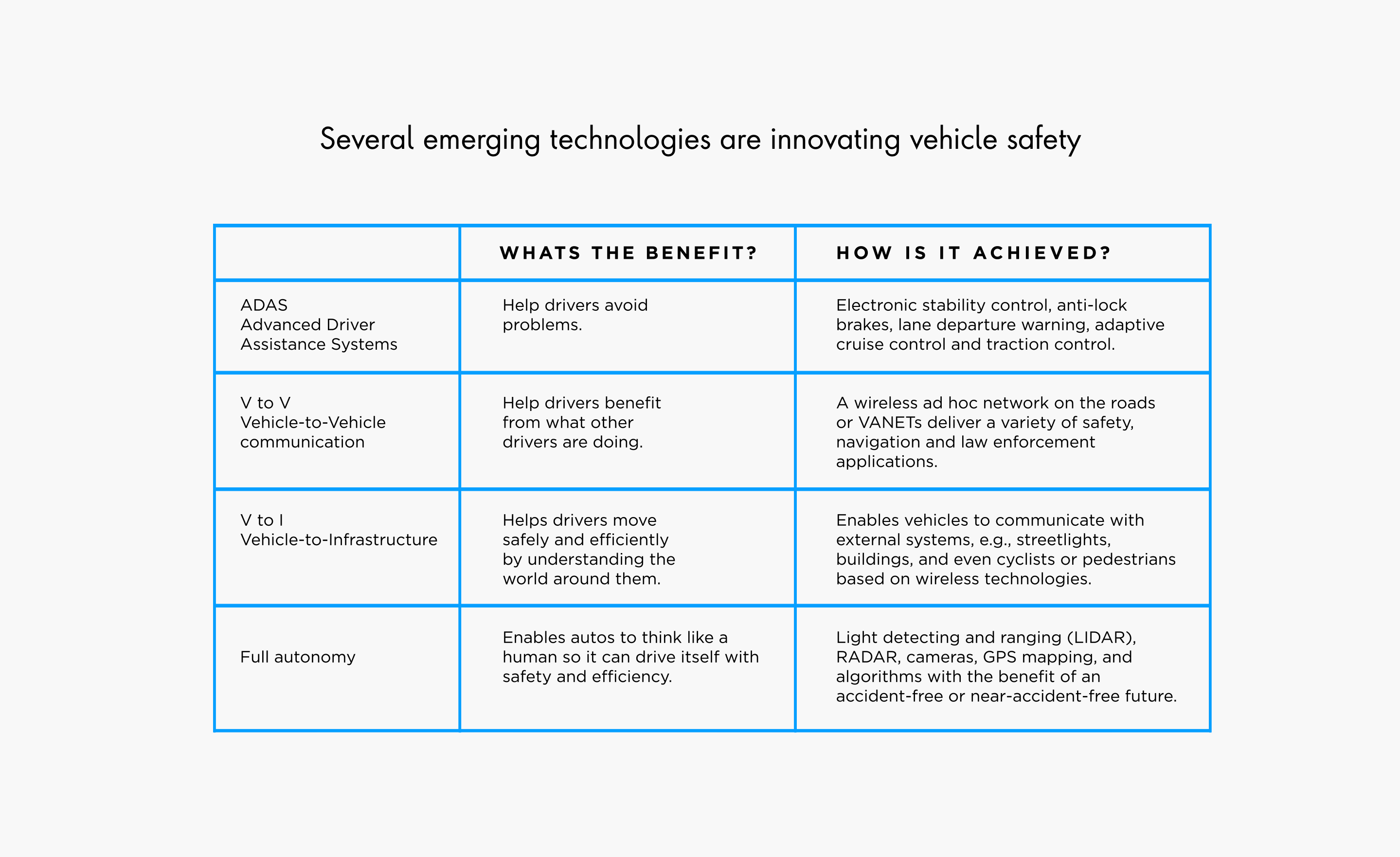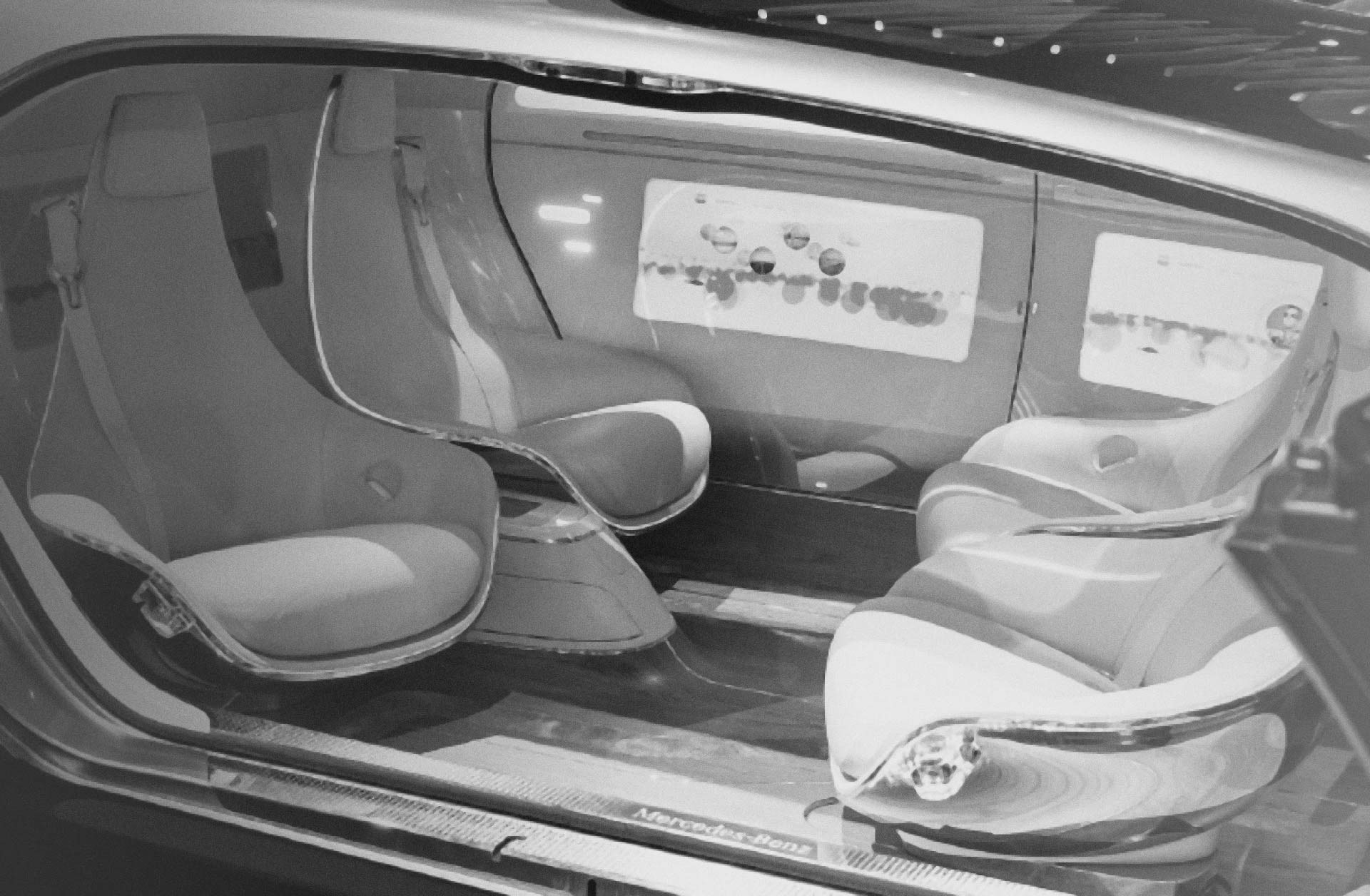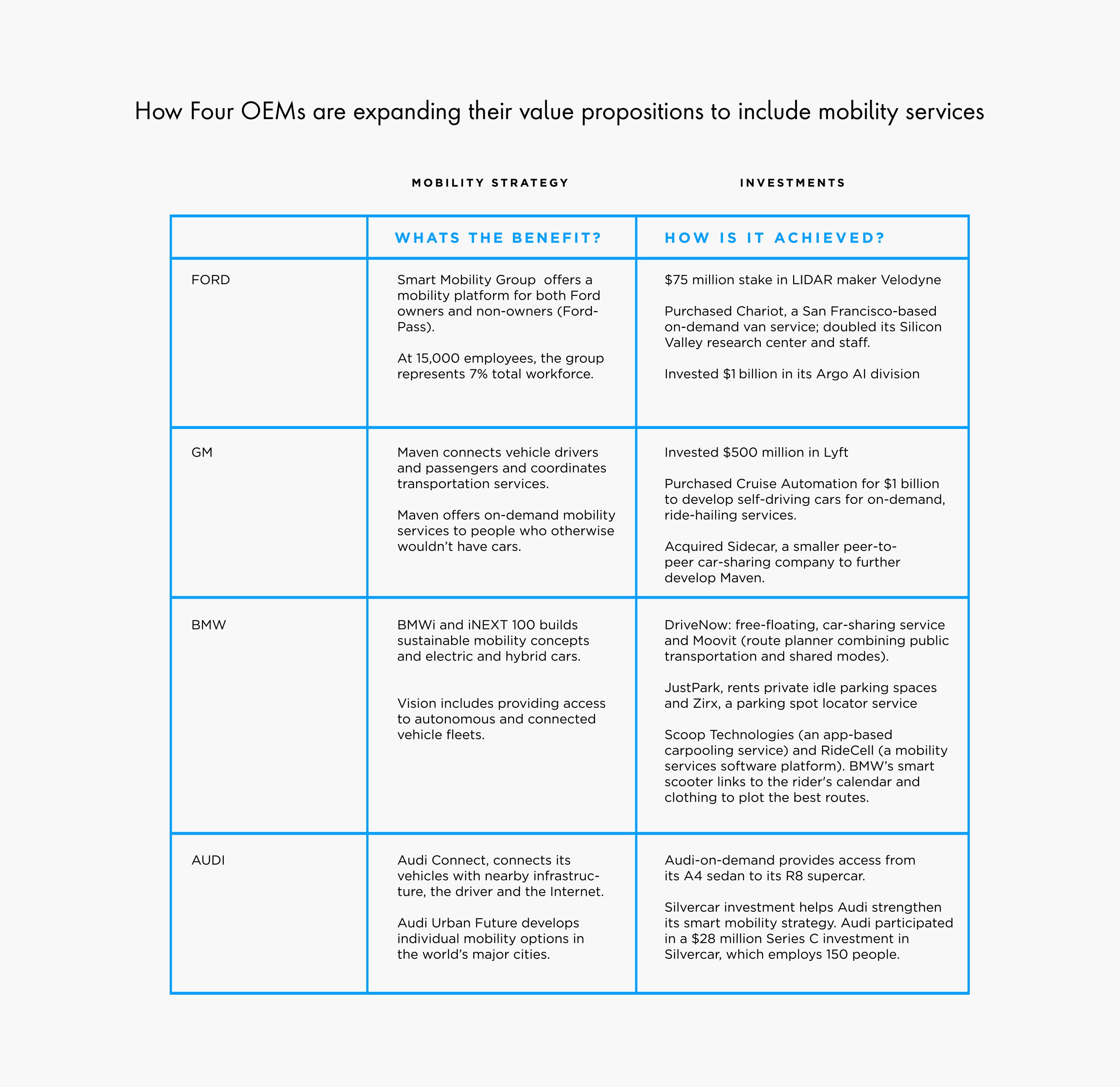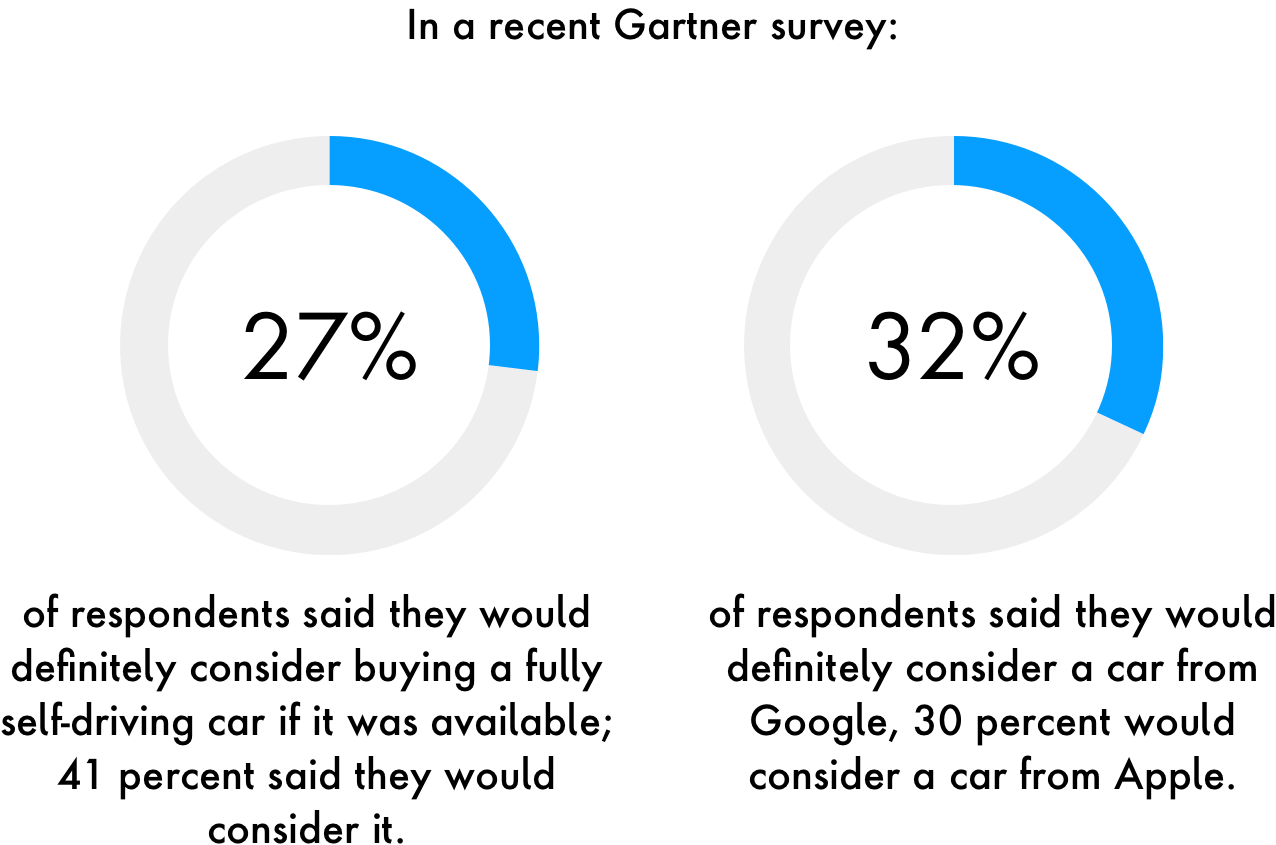We all became participants in the growing subscriptions trend when we ditched CDs and MP3s for monthly services from Spotify and Apple Music (which offer access to thousands of songs from dozens of genres). A similar value proposition from companies like Netflix easily convinced us to stop buying DVDs and Blu-rays. Similar shifts are occurring in the automotive sector as carmakers, such as Volvo, Cadillac and Porsche, eager to find similar growth in changing attitudes about personal transportation, offer flat-fee programs that upend the traditional auto retail model with app-based monthly subscription services that provide vehicles on demand.
Care, by Volvo for example, lets consumers avoid the $35,200 price tag to drive its all-wheel-drive vehicle through a $600 monthly subscription that includes insurance, routine maintenance, wear and tear, and roadside assistance. All of this is for zero money down (similar to a lease but with far better economics given the inclusion of insurance). To qualify, you must fit within tough guidelines stipulated by Liberty Mutual. If accepted, Volvo offers the ability to upgrade (or downgrade) to another Volvo after 12 months.
Given the industry’s 2017 decline in new vehicle sales (the first in eight years), car makers are eager to offer greater variety to drivers that need an all-wheel-drive SUV for winter, a convertible for summer or a pickup truck on moving day.
Chinese automaker Geely (which acquired Volvo) is also aggressively joining the subscription/sharing trend. It recently launched SUV (simply called 01), which can be purchased online and includes a share button that transfers the ability to operate the vehicle to an app (allowing drivers to give digital keys to family members or friends). After Geely offered an initial batch of 6,000 SUVs (which sold out in less than three minutes), Lynx CEO Alain Visser said, “We should have offered 15,000.” The company’s 03 sedan operates on the same model.
Geely’s experience offers a shining glimpse into an automotive future where people commit to next-generation car concepts (and the companies that offer them) sight unseen due to the promise, the services and the spirit that they represent: no dealer, no big down payments, subscription alternatives, fixed price, online and sharable. Geely’s customers say they aren’t buying a car, they are buying into a movement (similar to Tesla buyers who are known for saying, “I didn’t buy a car, I bought a Tesla”).
Overall, automotive sharing concepts and subscription models point to a fairly seismic disruption of the traditional auto dealer. Analysts forecast that a third of the dealer’s revenue pie could come from mobility services and fleet subscriptions, 30 percent from auto purchases (including revenue for helping those who want to rent their cars out when not in use) and the rest from service. Jose Puente, is already pioneering the future, offering choices between owning, leasing or flexdriving, a mobile app that lets you become a member of a car-sharing program which you can use to drive for Uber, Lyft or your own personal or business use (for example, using a car to make money from personal shopping for someone who lacks the time and inclination to shop for groceries).









